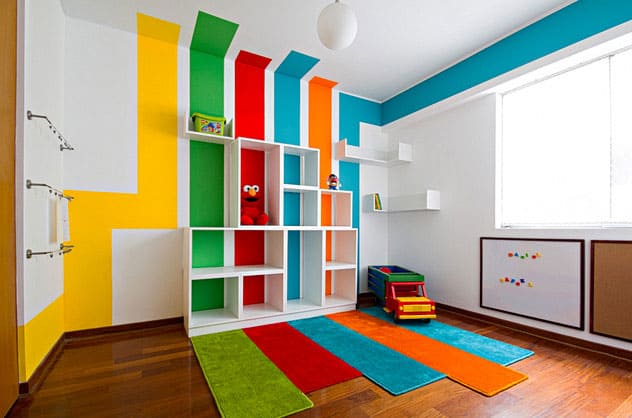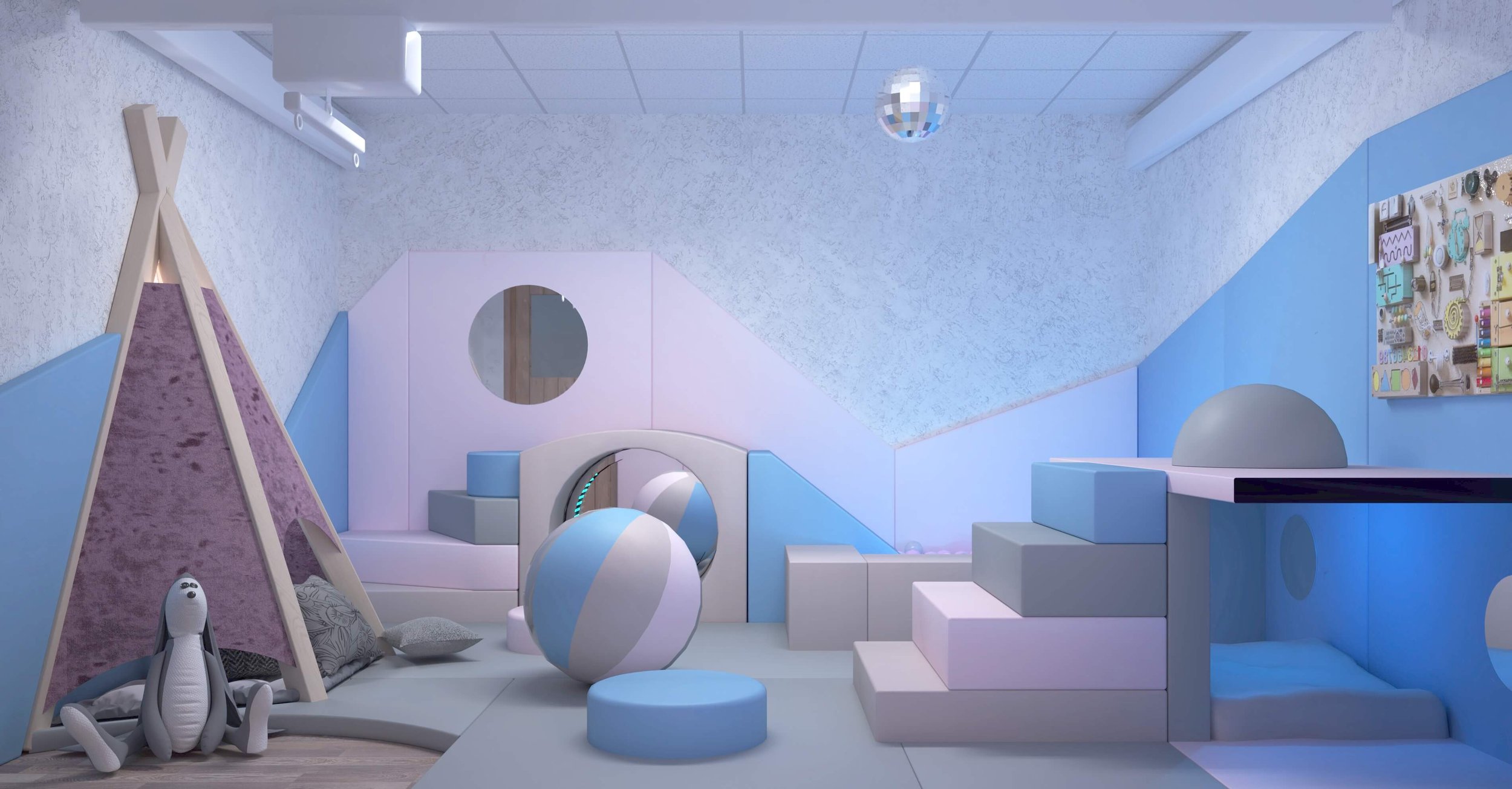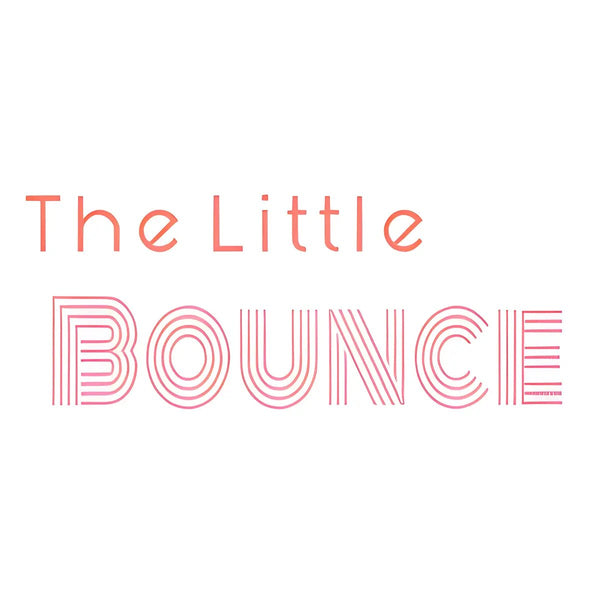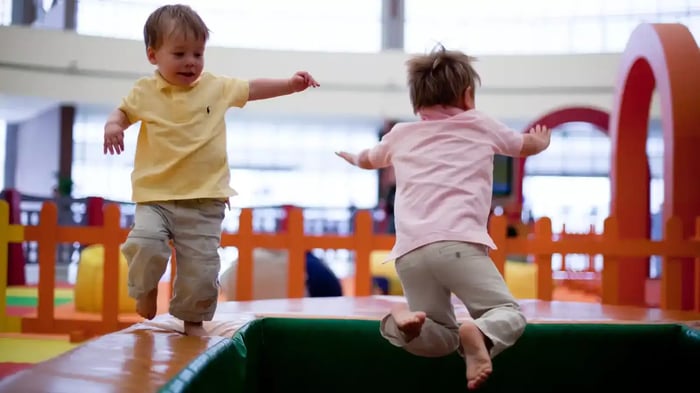In today's competitive landscape, soft play areas are not just about fun and games; they are about delivering an experience. As style-savvy parents seek more than just the standard play area for their children, the fusion of style and functionality in soft play businesses has become paramount. The trend of integrating sophisticated design with playful elements is redefining children's play spaces, making them more appealing, Instagram-worthy, and in line with modern interior trends. This blog post explores how current and aspiring soft play business owners can elevate their spaces by embracing these trends, ensuring their offerings stand out in a crowded market. Let's dive into the world of stylish soft play areas, where every corner offers an opportunity for exploration, learning, and growth, all wrapped in a visually stunning package.

1. Embracing Bold and Playful Colors
Gone are the days of soft play areas dominated by primary colors or drab neutrals. The contemporary trend leans towards embracing bold and playful colors, transforming play spaces into vibrant havens of creativity and joy. Influential interior designers like Caroline Brackett advocate for unexpected color combinations, weaving a tapestry of rich hues through patterned wallpapers, paints, and fabrics. These colors do more than just beautify; they spark curiosity and stimulate the senses, making every visit to the soft play area an immersive experience.
 Modern Primary Colors (via Houzz)
Modern Primary Colors (via Houzz)
Incorporating bold colors doesn't mean a haphazard splash of hues. It's about creating a cohesive color story that resonates with the emotions you want to evoke in the space. Whether it's the calming blues and greens reminiscent of nature or the energizing yellows and reds that inspire activity and excitement, each color choice plays a crucial role in the narrative of your space.
Moreover, integrating your brand's color palette into the design can enhance brand recognition and create a memorable impression. Imagine a soft play area where every slide, ball pit, and play structure aligns with your brand's identity, weaving a visual connection between fun and your business's ethos.
2. Multi-Functional Designs for Maximum Utility
In the realm of modern soft play areas, space is more than just a physical dimension—it's a canvas for creativity, learning, and growth. Multi-functional designs are at the forefront of this evolution, turning traditional play areas into versatile hubs that cater to a variety of activities and needs.
 A multi-functional table that sparks creativity and support rest (Etsy)
A multi-functional table that sparks creativity and support rest (Etsy)
The concept of multi-functional design in soft play areas extends beyond mere space optimization. It's about crafting experiences that blend play with learning, rest, and social interaction. Furniture and play elements are no longer single-purpose; they are thoughtfully designed to serve multiple functions. For instance, a climbing structure might also feature a reading nook, or a slide might seamlessly integrate into a puzzle-solving station.
One exemplary product that embodies the fusion of style, functionality, and play is The Mini Bounce House from The Little Bounce. Its chic, compact design makes it a perfect addition to any soft play area, appealing to the aesthetic sensibilities of modern parents and the imaginative spirits of their children. Its durable construction ensures safety and longevity, while its stylish appearance aligns seamlessly with the sophisticated interior trends of today's play spaces.
Incorporating such multifunctional and aesthetically pleasing elements into your soft play area doesn't just elevate the space's visual appeal; it also enriches the children's play experience. It encourages them to explore different activities, from active play to quiet time, all within the same safe and inviting environment.
3. Creating Engaging and Educational Themes
The heart of a memorable soft play area lies in its ability to whisk children away into worlds of wonder and discovery. Thematic designs serve as the cornerstone of this immersive experience, transforming ordinary spaces into realms where creativity knows no bounds. Whether it's a journey through the cosmos or an adventure in a jungle safari, themes not only make playtime fun but also subtly weave in elements of learning and exploration.
Incorporating themes into a soft play area goes beyond mere aesthetics; it's about creating narratives that resonate with children's innate curiosity and their eagerness to explore the unknown. A space-themed area, for instance, can be both visually stunning and intellectually stimulating, sparking interest in astronomy and the sciences. Similarly, a jungle-themed play area can introduce children to different species of animals and plants, encouraging an early appreciation for nature and biodiversity.
View this post on Instagram
When integrating themes, it's crucial to balance imagination with functionality. Play structures, wall murals, and even the flooring can all contribute to the thematic storytelling while serving their functional purposes. The Mini Bounce House, with its elegant white design, can easily adapt to any theme, adding a touch of sophistication while providing endless hours of fun. Its versatility makes it an ideal centerpiece, capable of complementing various themes without overshadowing the educational and playful elements of the space.
As we craft these thematic worlds, we also weave in opportunities for learning, development, and growth, making every moment spent in the soft play area a step towards nurturing young minds and bodies.
4. Prioritizing Sustainability with Safe Materials
In an era where environmental consciousness is more than a trend—it's a necessity—soft play areas are also evolving to reflect this global shift. The choice of materials used in creating these spaces is no longer just about aesthetics or durability; it's about ensuring the well-being of our children and the planet. By prioritizing sustainability and safety in material selection, soft play business owners can offer parents peace of mind while contributing to a healthier, greener future.
 Sustainable Materials (Tigerplay)
Sustainable Materials (Tigerplay)
Eco-friendly materials such as sustainably sourced wood, bamboo, and recycled plastics are not just environmentally responsible choices; they also bring warmth and authenticity to the play space. These materials are free from harmful chemicals, ensuring that children's health is not compromised during their playtime adventures. Moreover, the use of such materials aligns with the values of environmentally conscious parents, making your soft play area a preferred choice for those who prioritize sustainability in their lifestyles.
The integration of safe, sustainable materials extends beyond play structures to every aspect of the play area, including seating, flooring, and even the toys and accessories provided. The Mini Bounce House from The Little Bounce, for example, exemplifies this commitment to safety and sustainability. Made from durable Tarpaulin PVC, it's not only built to last but also aligns with the eco-conscious ethos, making it a perfect fit for modern, environmentally-friendly play spaces.
As you design or revamp your soft play area, consider the message your material choices send. Opting for sustainable, safe materials is a statement—a declaration that your business cares for the children's future and the planet they will inherit.
5. Integrating Natural Elements for a Harmonious Space
In the heart of a bustling city or the quiet suburbs, soft play areas are sanctuaries where nature meets play, offering a harmonious retreat for children to explore and grow. The integration of natural elements into soft play areas is more than just an aesthetic choice; it's a nod to the innate human need to connect with nature, known as biophilia. This connection is crucial, especially for children, as it fosters a sense of tranquility, encourages curiosity about the natural world, and enhances overall well-being.

Incorporating natural elements can take various forms, from large windows that flood the space with natural light and offer views of the outside world, to indoor plants that purify the air and add a touch of greenery. Even the textures and patterns used in the play area can echo the great outdoors, with designs that mimic the grain of wood, the ripple of water, or the softness of grass.
But integrating nature into soft play areas isn't just about aesthetics; it's also about creating an environment that nurtures development. Exposure to natural elements has been shown to boost mood, improve attention, and reduce stress levels. As children climb, bounce, and play in a space that feels like an extension of the natural world, their connection to their environment deepens, laying the foundation for a lifelong appreciation of nature.
6. Innovative Decor and Lighting to Spark Curiosity
The magic of a soft play area lies not just in its structures and themes but also in the smaller details that ignite the senses and inspire wonder. Innovative decor and creative lighting are pivotal in transforming a simple play space into a vibrant world of exploration and excitement. These elements don't just illuminate; they enchant, turning every corner into a story and every play session into an adventure.
Innovative decor extends beyond mere ornaments; it's about creating interactive experiences. Think tactile wall panels that encourage sensory play, whimsical murals that tell a story, or themed zones that transport children to different worlds. Each decor element is an opportunity to engage, educate, and inspire.
Lighting, too, plays a crucial role. It's not just about visibility; it's about setting the mood and accentuating the play area's best features. Soft, warm lighting can make a space feel welcoming and safe, while dynamic, colorful lights can add an element of excitement and wonder. Thoughtfully placed lighting can highlight certain areas, guide the flow of play, or even become an interactive feature itself.
 Sensory Room Design (Tigerplay)
Sensory Room Design (Tigerplay)
The Little Bounce, with its elegant simplicity, complements any decor or lighting scheme. Its white surface acts as a canvas, reflecting the colors and lights around it, integrating seamlessly into the environment. Whether it's basking in the soft glow of fairy lights or standing out against a backdrop of vibrant, color-changing LEDs, the Mini Bounce House remains a symbol of style and fun, harmoniously blending into the narrative of the space.
View this post on Instagram
As business owners and operators, the choices you make in decor and lighting are not just aesthetic; they are a reflection of your commitment to creating an immersive, engaging, and memorable experience for the children and families you serve.


